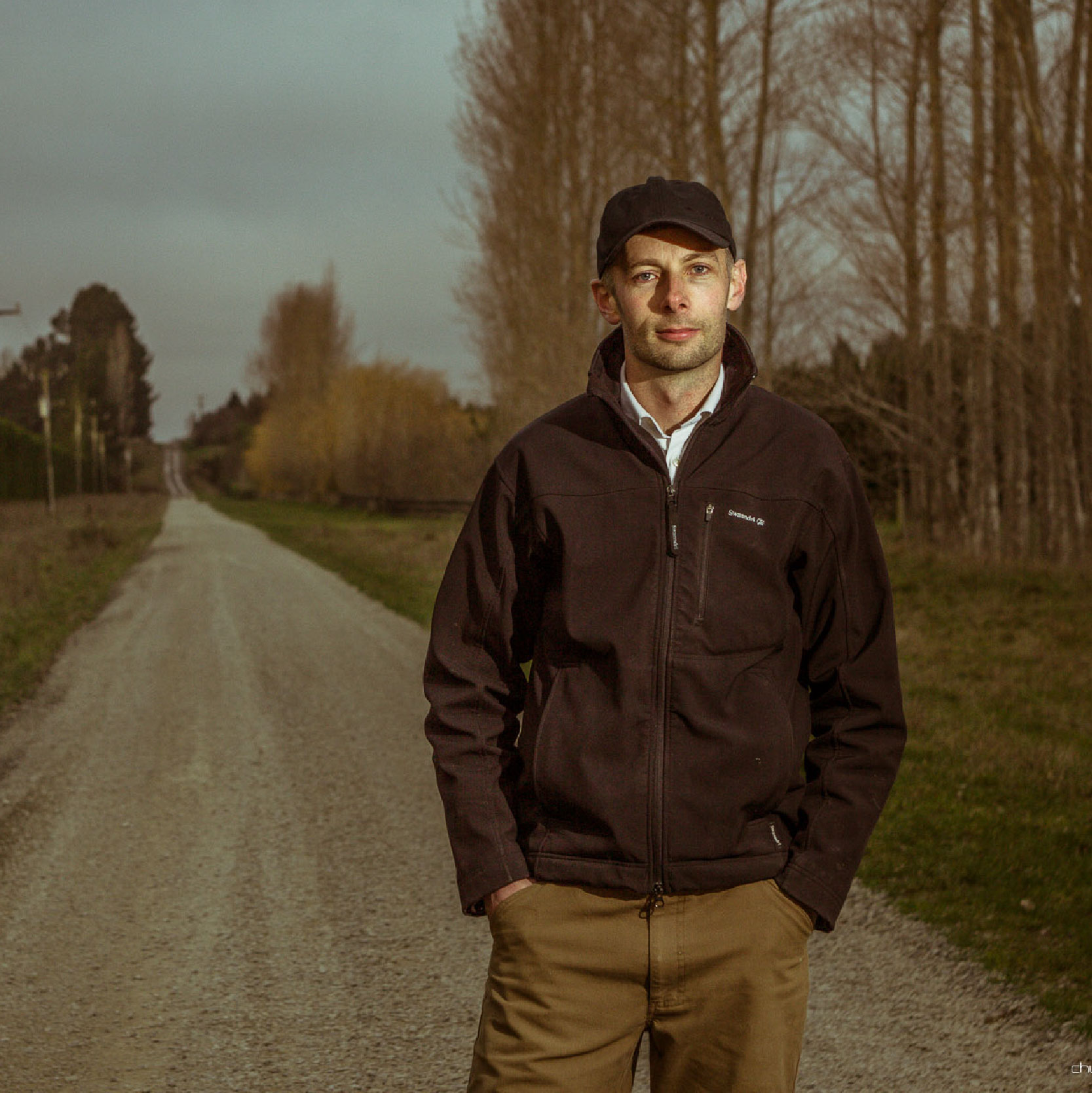About us.
Our business was born out of a core passion & belief that we as a society are inextricably tied to the land (Terra – latin for earth & Centric – as in as in fundamental or essential to) in so many ways – not just in how we produce food & fibre but the way we identify ourselves, tell stories and find purpose in what we do – which ultimately is where we must begin in order to find solutions and effect meaningful change for the future.
Terra Centric is therefore an environmental consultancy specializing in land & environment strategy for the primary sector. Our core purpose is to be more than just practitioners, but enablers of leadership among the people we work with by recognizing their values & strengths, as well as their ability to inspire others and mobilize entire communities to effect change on a meaningful scale. We do this by formulating a clear & robust vision for the future that helps give certainty & a way forward that our clients can be confident in. We’re especially engaged with Farmers & Agricultural businesses around this, however we also work with Government, various industry organisations, research institutions & schools.
Terra Centric: For a progressive, productive & profitable primary sector with people & the environment at its heart
I believe that there is much more to the land we base our livelihoods on than we realize. As a Landscape Architect, I am fascinated with how businesses and livelihoods can co-exist sustainably, even thrive with the natural world around us through natural systems design.
I believe that we can have a more sustainable primary sector, and that people living and working on the land can themselves discover their potential as leaders in sustainable land use. I work with clients including farmers, agricultural service providers and government agencies to develop strategies for biodiversity enhancement and protection, mitigating nutrient & sediment runoff, emissions mitigation and land use sustainability. With the intrinsic value of wetlands and riparian plant communities being ever more widely recognized, there is a definite need for site-specific design that carefully considers ecological function, integrity and appropriateness whilst striking a balance with other land use practices.


